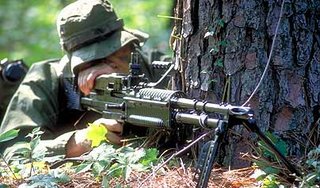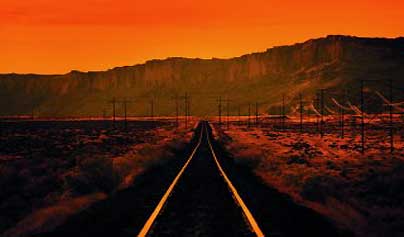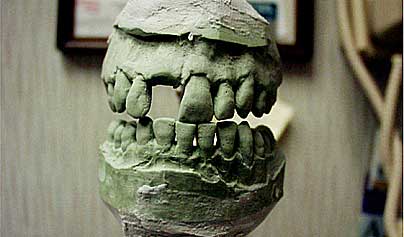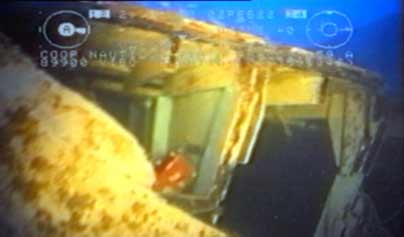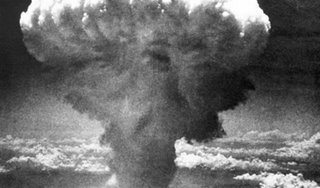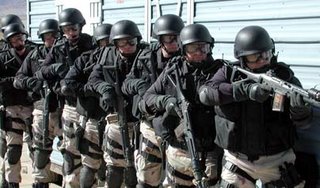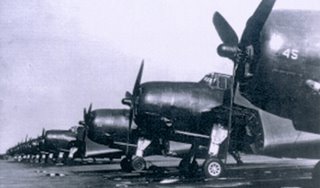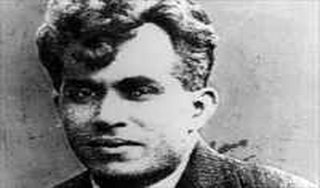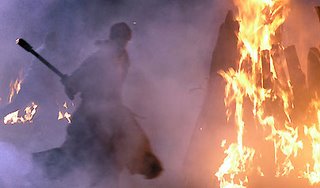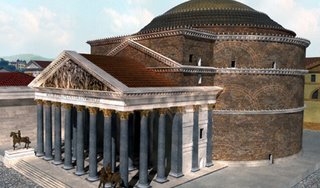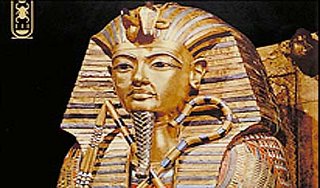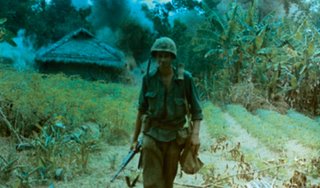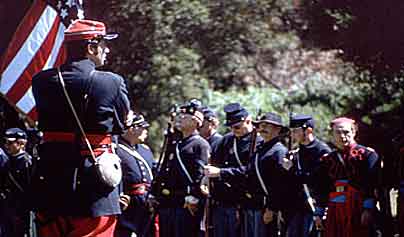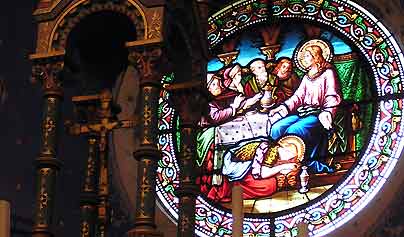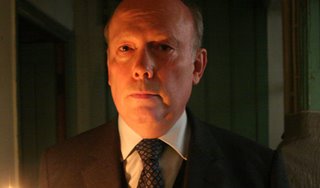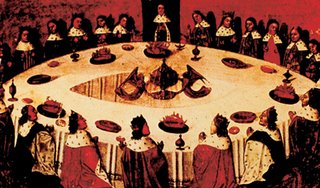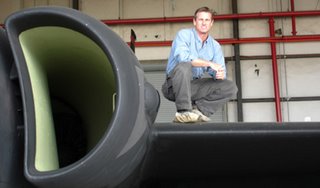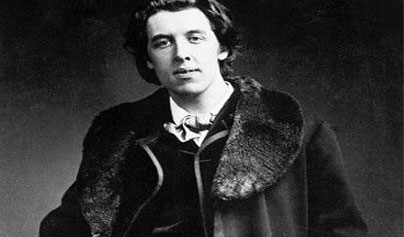
At the end of a sensational trial, Irish writer Oscar Wilde is convicted of gross indecency in his relations with the son of the Marquess of Queensberry. He was sentenced to two years hard labor. Wilde, whose wit and flamboyance placed him at the center of London social and literary circles, is best remembered for his comic masterpieces Lady Windermere's Fan and The Importance of Being Earnest. In his writing and conduct, he often tested the bounds of the prudish Victorian society of his day, which led to his imprisonment for homosexuality in 1895 at the height of his career. After his release in 1897, he moved to Paris, where he died two and a half years later.
1995Business consortium Camelot wins the contract to run Britain's first National Lottery.
1995Serb forces kill 71 people when they shell the town of Tuzla in retaliation for a NATO air strike on one of their arms dumps.
1994South Africa is allowed to re-join the British Commonwealth after an absence of 33 years.
1990Soviet president Mikhail Gorbachev and US President George Bush agree to end production of chemical weapons and to begin to destroy stockpiles of chemical weapons already made.
1986Bob Geldof's Race Against Time has 30 million people worldwide running for SportAid to raise money for the starving in Africa.
1974In England, more than 25 are killed in an explosion at a chemical plant at Flixborough.
1973In Greece, the military government abolishes the monarchy and proclaims Greece a republic.
1973British Honduras changes its name to Belize.
1967Glasgow Celtic becomes the first British football club to win the European Cup beating Inter Milan 2-1 in Lisbon. The following year Manchester United become the first English club to win the trophy.
1962Consecretion of Coventry's new cathedral, designed by Sir Basil Spence. The new church replaces the Cathedral that was destroyed by German bombing during World War II.
1958General Charles de Gaulle becomes Prime Minister of France.
1953Gordon Richards, British champion jockey 26 times, is knighted.
1951British diplomats Burgess and Maclean are reported missing. It is later discovered that both were Soviet spies and had defected to Moscow.
1941World War II: British and Australian forces withdrawn from Crete.
1935American athlete Jesse Owens sets six new world record within 45 minutes at Ann Arbor in Michigan, USA.
1916World War I; The Battle of Jutland between the British and German fleets. Germans claim victory but fail to break British control of the North Sea.
1914In Britain, the House of commons passes the Irish Home Rule Bill.
1871In Britain, the House of Commons passes the Bank Holiday Act, creating public holidays on Easter Monday, Whit Monday and Christmas Day.
1840Britain opens its first Drama School - Miss Kelly's Theatre and Dramatic School in Dean Street, London, which later becomes a theatre.
1796Tennessee becomes the 16th state to be admitted to the Union.
1792Kentucky becomes the 15th state to be admitted to the Union.
1768English navigator Captain James Cook sets off on his first voyage, to explore the Antipodes.
1659In England, Lord protector Richard Cromwell, son of Oliver, resigns his position - leading to the restoration of the monarchy and the crowning of Charles II in 1660.
1944English puppeteer Frank Oz.
1921American songwriter Hal David.
1908British film director David Lean.
1907English inventor Frank Whittle. Designs and produces Britain's first jet propulsion aircraft in 1941.
1889Russian-born helicopter pioneer Igor Sikorsky. Becomes a US citizen in 1928.
1801Mormon leader Brigham Young born in America. Succeeds Joseph Smith as leader in 1847 and sets up an all-Mormon colony in the state of Utah.
1780Prussian Army General Karl von Clausewitz. Serves with the Russian and Prussian Armies in the Napoleonic Wars. Writes detailed theories on the conduct of war and military strategy.
1987Lebanon's Sunni Moslem Prime Minister Rashid Karami is killed in a bomb explosion on board the helicopter flying him from Tripoli to Beirut.
1968Helen Keller. Born blind, deaf and dumb, she becomes an academic and published her journal in 1938.
1943English actor Leslie Howard, star of The Scarlet Pimpernel and Gone With The Wind, is killed over the Bay of Biscay when his plane is shot down by German aircraft on a flight from Lisbon to Ireland.
1934English composer Gustav Holst aged 59.
186816th US President James Buchanan (1857-1861), the first bachelor to be elected President, dies aged 77.
1703English diarist Samuel Pepys.



